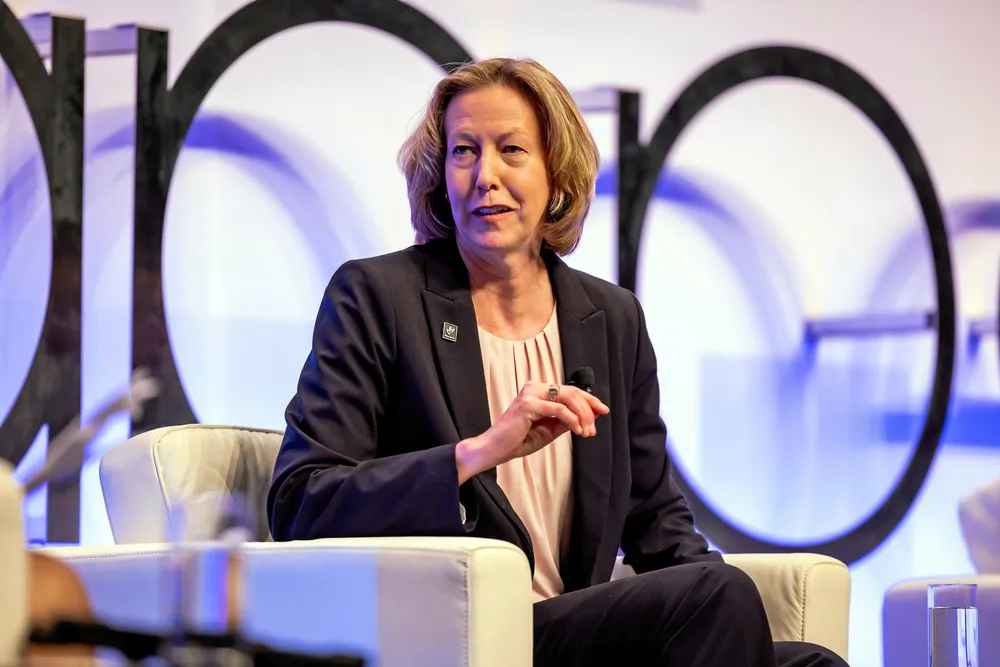Carbon solution imperative or Woodside's giant Browse gas reserves stay in the ground
Viable CCS scheme needed to develop Australia's largest unexploited conventional resource

Viable CCS scheme needed to develop Australia's largest unexploited conventional resource
